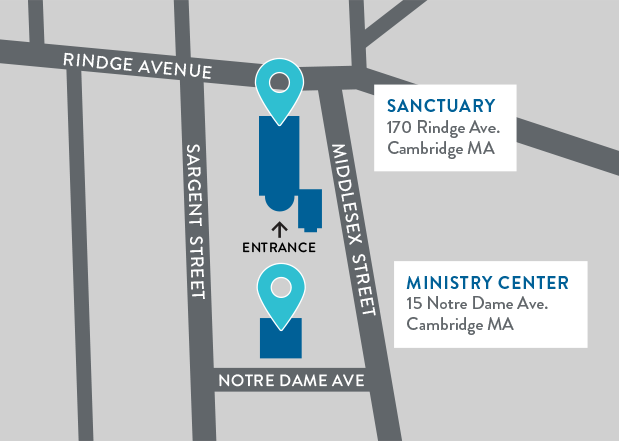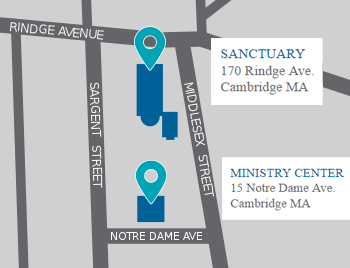Blog

What the Idolaters Got Right
August 9, 2018
Seeking a God Within Reach
In my tradition’s sacred texts, one of the things that most sets God off is idolatry, the worship of things or persons that are not the one God. Abraham’s children developed religion and culture in an area where most people worshipped many gods. These gods were invisible spiritual beings governing the forces that most dominated their lives: rain, crops, children, and conflicts. Earlier human cultures were perhaps better in touch with just how terrifying life can be. Too much or too little rain, too few or too many children, the moods and ambitions of local rulers – life or death, poverty or flourishing rode on these things, all of which were absolutely out of your control. It’s no wonder you’d want to enlist some help from above.
In come the idols. Idols were physical images of invisible spiritual beings, representations you could venerate, and use to give focus to your prayers for help. They brought the spiritual close to you, right into your home.
Archaeological evidence seems to indicate that the practice of making and keeping idols was very common, not just in the surrounding Ancient Near East, but amongst Abraham’s children as well: the spiritual and sometimes biological ancestors of today’s Jews and Christians and Muslims. So the scriptures’ crusade against idols isn’t targeting surrounding nations so much as it is these children of Abraham. They voice a frustration on the part of a living God that people are so drawn to these idols – partly because they are rivals to people’s devotion, but largely because they simply do not work.
So perhaps the idolaters got some things wrong. At least according to the scriptures, they misunderstood the nature of God and sunk time and resources into spiritual practice that didn’t deliver what they were hoping for.
But I’m struck by what they got right as well. They wanted an experience of a divine being that didn’t just live beyond their reach. They wanted worship to engage their lived experience more than their theoretical understanding. And they wanted spirituality that could speak to their fears and actually help.
I’m pretty sympathetic to those wants and needs. Like yours, my world has its troubles. This past week, a friend told me he relapsed out of recovery and into addiction. Our president made me want to vomit. I thought about my three children in secondary school and how I’m not sure how in the world they’ll afford higher education. Two different friends reminded me that the human race isn’t doing all that great at ensuring the survival of our species. My own instinct in this is also to reach for something that offers more escape and distraction than it does presence and help.
I too want faith and practice that can make some sense out of this chaos, and build in me greater hope and courage in these times. If nothing else, I’d love to know that I’m not alone.
Like the idolaters, I want the divine brought close. I want a god in a body.
The Embodiment of the Invisible God
And my tradition tells me that is just what I have. One of my favorite lines about Jesus comes from a first century letter, known by the city of the people who first read it. It says, “Jesus is the image of the invisible God.” Jesus is the “idol” we’ve been looking for, with the twist being both that he is the real deal and is also not made out of wood or stone. Jesus is God in a body, just like ours. So a faith that has anything to do with Jesus is going to also be embodied – holistic, engaged with the totality of human experience, reckoning with the specificity of our minds and bodies and cultures and communities.
The implications of this are manifold and stunning. But I’ll wrap up with three that I’ve been unpacking and enjoying and finding helpful myself
Embodied faith affirms the created good of all the material world, myself and all the people and things I love and hate included. Not only can I hope there was a personal spiritual force behind the big bang and evolution and however else all the elements combined to make blood, sweat, tears, and all the other stuff of my universe. But I can also trust that all of it is good enough, and interesting enough, and important enough to be worth an in-person visit and ongoing commitment from the God above, behind, and beneath it all. All of it, all of us, matters. And at some fundamental level, it’s all good.
Embodied faith also steers me toward flourishing relationships and grows my capacity for them as well. If people, let alone all other living and non-living things on earth, are of deep value, than I’m incentivized to act as if this is so. My neighbor, my child, my spouse, my brother, my enemy – they are all connected to me and they all matter. I want to live in love and at peace with them, whatever challenges that provokes. It also just so happens that God, on that embodied Jesus field trip, has given me access to all kinds of teaching and practice of love and compassion and truth telling and boundaries and more that might give me a shot at connecting well with others, and staying connected.
And embodied faith tells me God is with me always, in all places and in all things. In all the chaos of my life circumstances, some of which I’m mentioned here, I think my deepest fear isn’t that it will be hard, but that I will be helpless and alone. God in a body says to me that God is close at hand, that God suffers and rejoices along with me in life, walking through it all in solidarity and in love.

